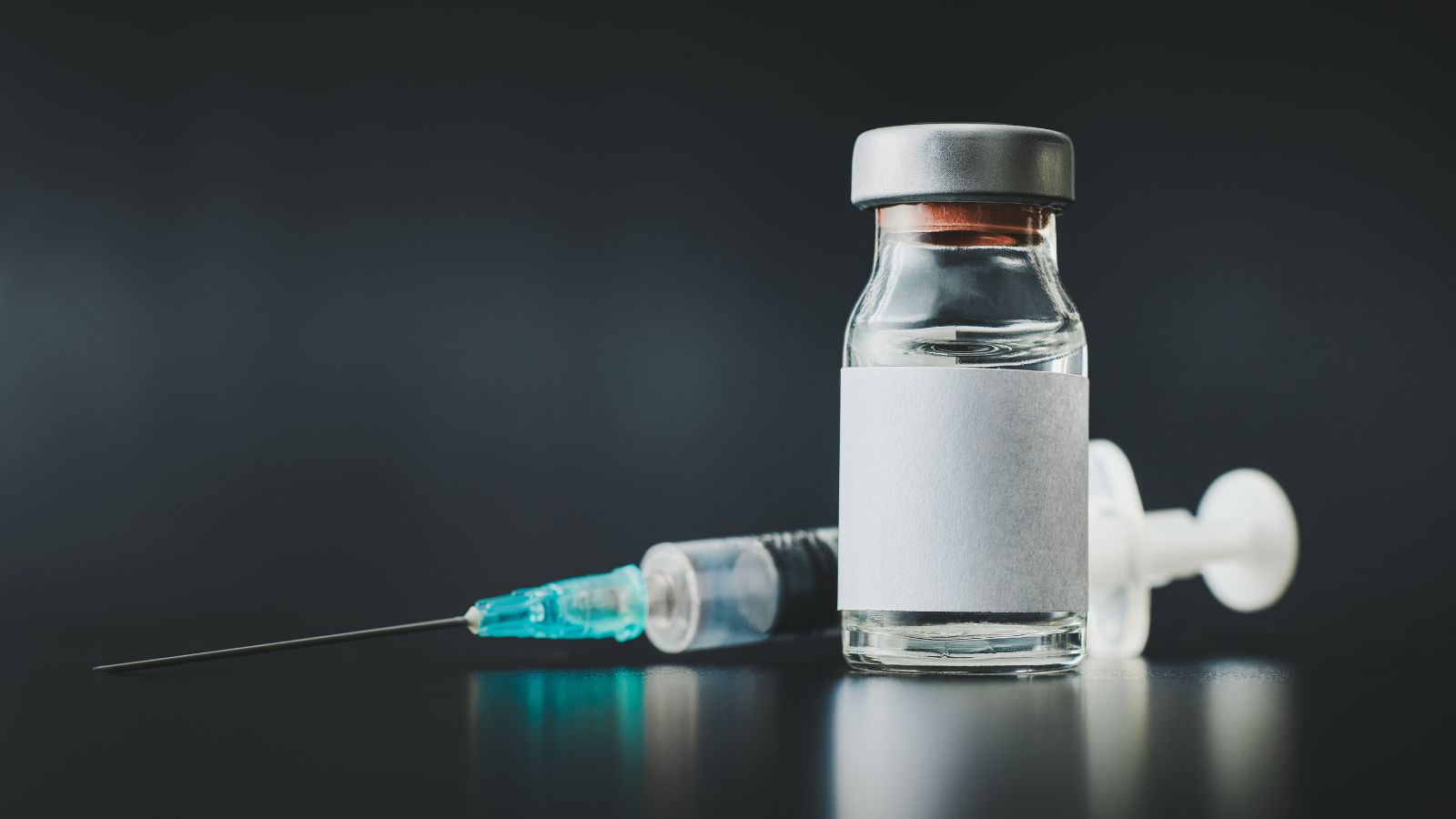Did you know the word vaccine traces its roots to the Latin vaccinus, meaning “of or from cows.” Ever wondered why?
This connection goes back to the late 18th century, when English doctor Edward Jenner noticed that milkmaids who caught cowpox—a mild infection causing sores on cows’ udders and blisters on the milkmaids’ hands—did not contract the deadly smallpox.
In May 1796, Jenner conducted his famous experiment. He drew fluid from the cowpox sores on the hand of a milkmaid, Sarah Nelmes, and used it to inoculate James Phipps, his gardener’s eight-year-old son. Phipps experienced a mild illness but soon recovered. To test immunity, Jenner later deliberately exposed Phipps to smallpox. However, the boy did not develop the disease, demonstrating effective protection. Jenner repeated the experiment several times with consistent success.
Jenner’s groundbreaking discovery not only gave birth to modern immunology and replaced risky variolation (the old practice of infecting people with small amounts of smallpox to build resistance) with the world’s first true vaccine, but also forever linked one of humanity’s greatest medical breakthroughs to the humble cow.



